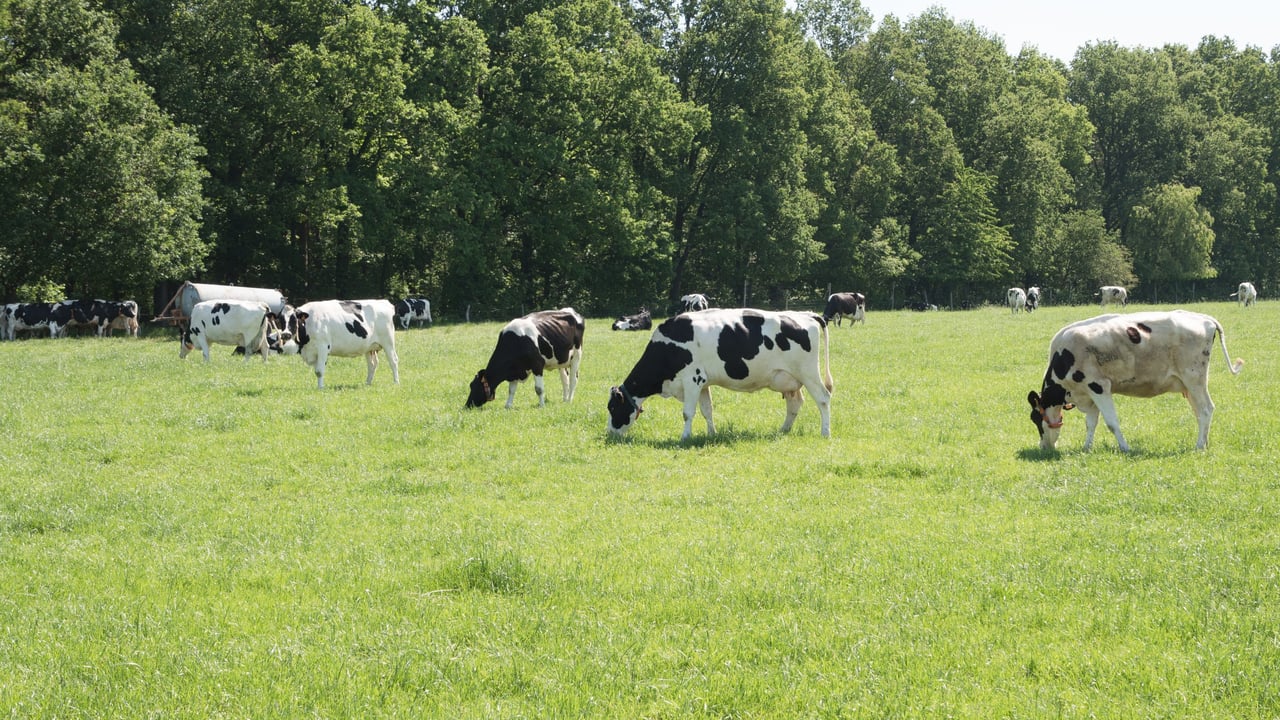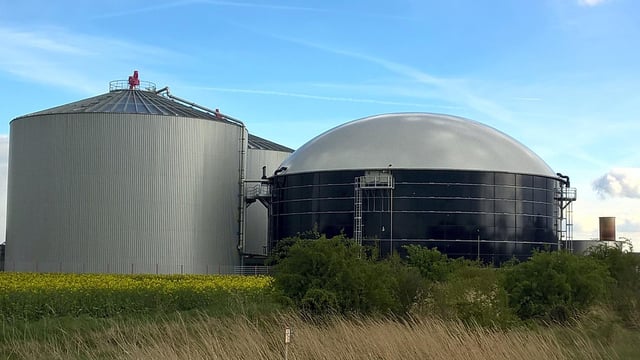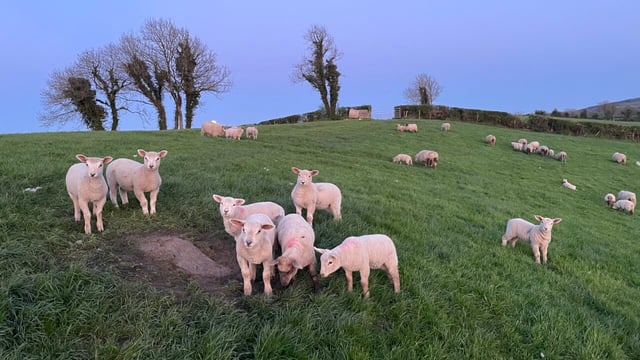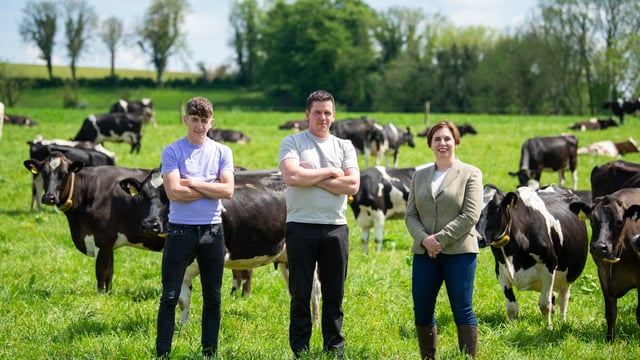Teagasc and EPA working together on 'nutrient distribution' modeling project
Teagasc and the Environment Protection Agency (EPA) are working together to model "distribution of nutrients" up to catchment scale and on the grazing platform, according to the Nitrates Expert Group (NEG).
Documented minutes from a recent NEG meeting also outlined that the Department of Agriculture, Food and the Marine (DAFM) has requested a report on nutrient distribution from Teagasc.
Separately DAFM also confirmed to the group that it is continuing to "explore methods for tracking slurry movements" .
Various government departments and agencies have previously highlighted concerns around the "over-application of nutrients at farm-level, in particular, around the grazing platform".
One of the key discussions among members of NEG, which is jointly chaired by the Department of Housing, Local Government and Heritage (DHLGH) and DAFM, has been on "improving nutrient distribution on farms".
The NEG has also looked at nutrient distribution and nutrient movement from agricultural and non-agricultural sources as well as the timing of application of nutrients on tillage farms and "defining the grazing platform".
It was noted by the NEG that at a previous DAFM Agriculture and Water Quality Working Group meeting there had also been a discussion on nutrient distribution and "tillage measures".
The NEG group is made up of “senior scientific experts” from DHLGH, DAFM, and also includes technical experts on water quality and agriculture from the EPA and Teagasc.
its main job is to “provide scientific advice” to the minister for housing and the minister for agriculture on measures to “protect water quality and the environment against pollution from agricultural nutrients.
The NEG has recently discussed data sharing between DAFM and EPA because it believes data is required for "modelling, and dairy models".
According to published minutes, it was agreed that once this process is established, "the same will be required for tillage".
The NEG group has also heard that DAFM is "to explore how the grazing platform nutrient balance can be targeted in the nutrient surplus Farming for Water EIP measure" as a pilot to demonstrate the value of targeting nutrient balance on the grazing platform.
It was also informed that DHLGH, DAFM, EPA and DECC are to consider how sewage sludge and material from EPA licensed facilities "can be better recorded on the DAFM Slurry Movement System" and also how these sectors would be impacted by a change in the spreading period.





